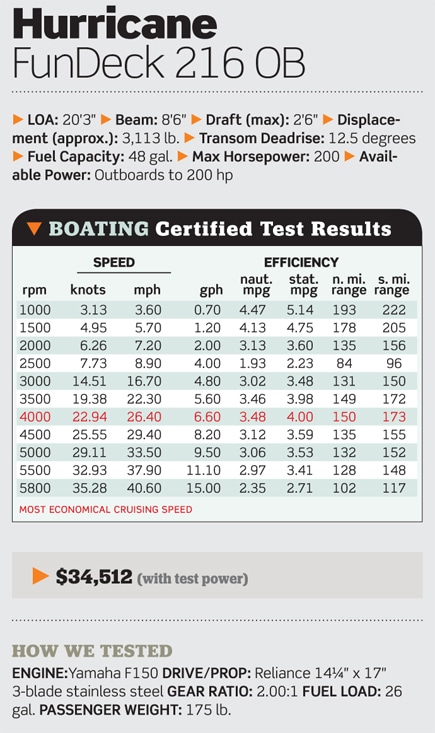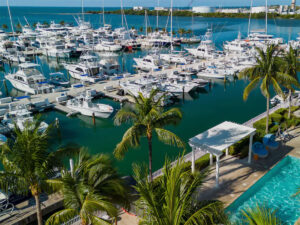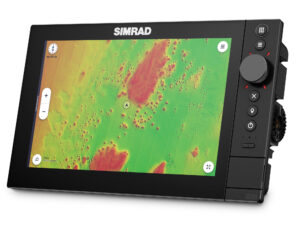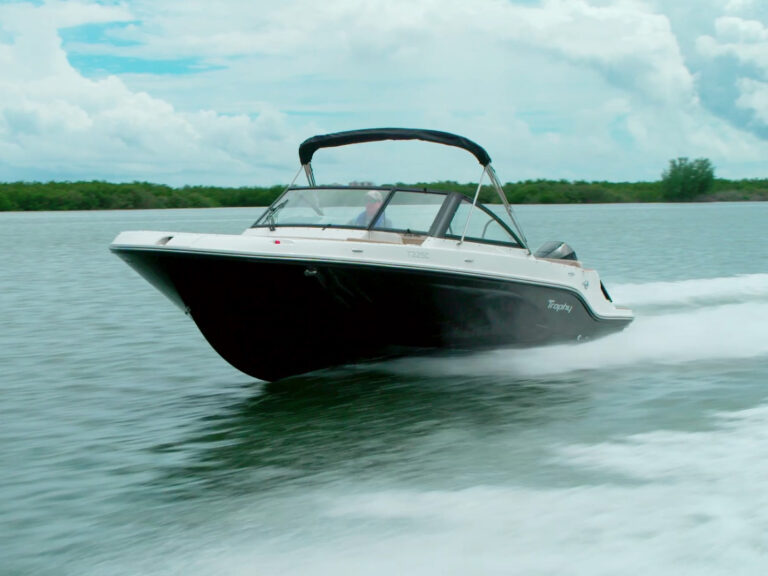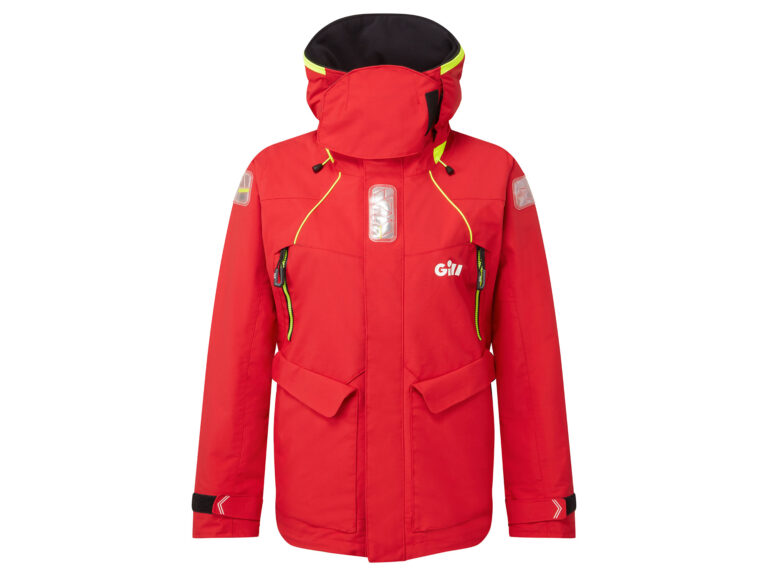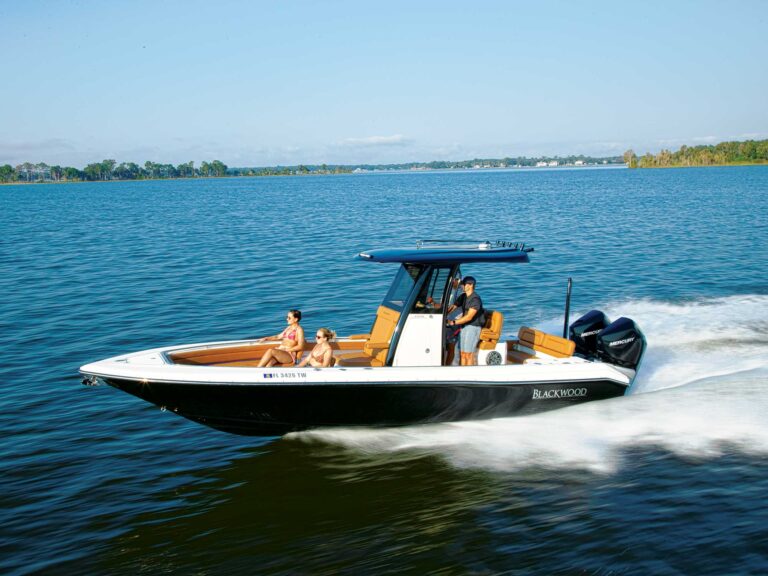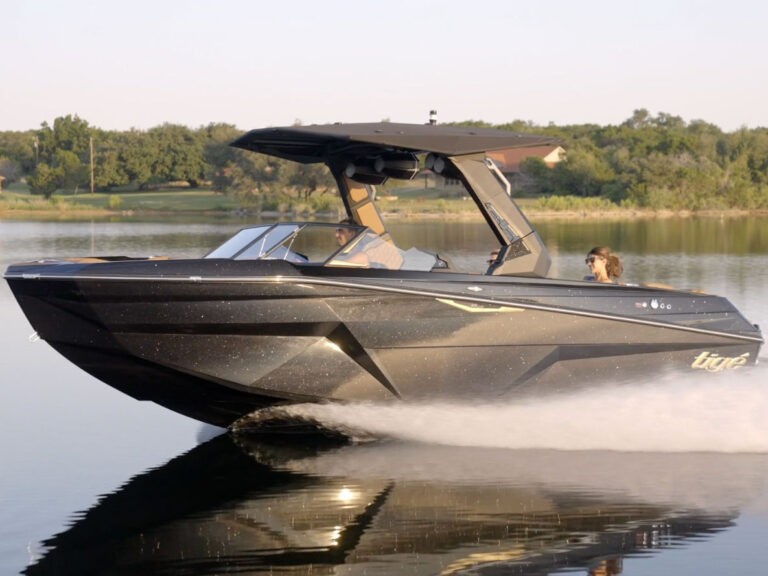First, there was the pontoon. Somewhere along the way someone decided he could maximize boat space by planking a deck across two air-filled metal tubes and sticking an outboard on it. Then someone else realized that we can stretch out a bowrider and do that with a fiberglass hull too. Either way, you get a trailerable boat designed to be packed with people, toys, and food and drink. The idea being, once you step aboard, you never have to step off until sunset. But which best meets that mission? We teamed up with the Nautic Global Group, builder of some iconic decks and ‘toons, to pit one against the other. Here’s what we found, with a surprising twist of a third option.

Aluminum Pontoon
Wide open. Just look at the picture above, if you’re not familiar with the true nature of a pontoon, and marvel at the deck space acreage afforded on this 24-footer with a fully extended 8-foot-6-inch beam. You could set up a pingpong net between the bow sofas.
The Sweetwater 220 SL is an excellent representation of the hottest segment in the boating market: value pontoons in the 20- to 24-foot range. The most obvious reason for ’toon popularity is space per dollar spent. A quick run through of the 220 SL shows you in detail.
Start with the 12-person capacity and 1,692-pound weight capacity. You’re not going to find the same numbers on a comparable deck boat. For example, the Hurricane SunDeck Sport 202 we ran head-to-head holds slightly more weight but sits 10 people. On the ’toon, though, you’d consider putting 12 on board. On the deck, 10 is a stretch.
Our 220 SL tester had opposing sofas both fore and aft, with movable armrests that harbor two cup holders. In the forward lounge, the two forward facing recliners offer true lie-down room compared with a deck, as do the rear-facing recliners aft. To port, opposite the helm there’s a dinette; on a deck there’d be a second console with a small head or storage space. A ’toon counters with a lift-out privacy curtain that could include a port-a-potty. The seat cushions featured optional soft-touch vinyl supported by covered roto-molded seat bases with guttered, mildew-resistant stowage. There’s more stowage under the seats in a ’toon but no in-sole lockers (some triple ’toons do have them) like on a deck, so it’s a trade-off.
Performance? Pontoons typically can’t match up in handling and rough-water ride with their fiberglass brethren, but ’toon builders are taking steps to even the score. Sweetwater offers a tri ’toon package that, as our tester illustrated, greatly improves performance. Tubers and skiers will love the zippy starts and sharp turning afforded by the 25-inch centerline tube with a 20-inch lifting pad aft. The outer tubes have inner lifting strakes.
One action in which pontoons typically outshine fiberglass boats is climbing on plane. There’s no hump to climb over, so it happens almost instantaneously with no bowrise. It’s almost imperceptible, but we managed to clock time to plane at three seconds.
Still, a pontoon is not exactly aerodynamic, so it’s much more susceptible to wind and thus harder to manage around the docks. Plus, a fiberglass deck with even a moderate V will fare better in a chop and generally provide a better platform for popular tow sports such as tubing, water skiing or wakeboarding. Not that our 220 SL couldn’t do the job, especially with the ski tow bar raised above the outboard.
One thing a pontoon such as the 220 SL affords is stability. Its 8-foot-6-inch beam carries fore and aft, and the buoyancy the tubes provide on the outer edges of the boat ensure almost no tipsiness as passengers shift from bow to stern or side to side. That, and the high railings, ensure family safety.
The 220 SL disproves the argument that pontoons are just for fresh water. The tubes can be coated with antifouling paint, and there’s an optional vinyl deck that stands up well to the rugged abuse of salty use.


Fiberglass Deck
In an era when many builders blur the lines between deck boats and bowriders, Hurricane is staying with the original deck boat concept: an open bow boat with more seating than a comparable runabout and excellent water access from both the bow and stern. The SS 202, which eschews the full windshield for the original open deck boat layout, is a perfect example.
Hurricane deck boats have long used the same running surface, working with a wide, shallow V — akin to a cathedral-style hull — that tapers to 12.5 degrees of deadrise at the transom. The result is a boat that planes quickly with minimal bowrise — our test boat planed in 3.3 seconds — and offers stability similar to that of a pontoon. But because a ’toon rides on its outer tubes, and a deck along its centerline and chines, the 202 had less lateral stability than the Sweetwater.
The SunDeck’s layout features wraparound seating in the bow deck, with a filler cushion covering the step to the bow platform. It’s way more functional than a bowrider’s and features angled backrests against the consoles that mimic the forward-facing lounges on the Sweetwater. It has the same rugged GX48 vinyl that comes standard on the Sweetwater and offers decent stowage underneath the seats: less than the ’toon’s but more than a runabout would have.
There’s a table pedestal insert in the main cockpit, so the wraparound seating can turn into an aft dinette. A transom walkway to starboard leads to a small swim platform — the real acreage is on the bow. With water access like this, the deck boat is superior for beaching and for prepping for water sports.
Most decks put a small head in the port console, but Hurricane puts an entertainment center there, saving space in the main cockpit. So that you can change or use the loo, the 202 borrows from its pontoon cousins; an optional changing room unfolds from under the seating forward of the helm.
As far as head-to-head performance goes, there’s no comparison. The deck beat the ’toon to 30 mph by a full second and carved turns in circles tighter than the 220 SL could muster, even with the third tube — although the performance package really does narrow the gap. But deck boats have an ace in the hole. Hurricane builds a sterndrive version of the 202, which carves more nimbly than any outboard-powered pontoon could hope to, and with a dual prop drive it’s the true master in docking and loading onto a trailer. Families with boarders will gravitate to the 202 for another reason; it can be outfitted with an optional wakeboard tower.
Another advantage? Despite their comparable sizes, the SunDeck 202 has a fuel tank twice as big as the 220 SL’s. (The Sweetwater can be upgraded to a 29-gallon tank.) Even with the lighter weight giving the ’toon an edge in efficiency, the bigger tank gives the deck much greater range. Look at the performance charts; throughout the rpm band the SunDeck’s range is almost double. For cruising and tow sports, the deck boat carries the advantage over the pontoon.


The Hybrid
So, even though both have a lot of crossover purposes and offer a lot of things to a lot of people — and in a trailerable package — pontoons reign supreme for packing in the crew and socializing and deck boats win out on sports and running rough. End of story? Not so fast. Hurricane offers a third way, the fiberglass hull of the SunDeck mated with the aluminum framing and furniture layout of the Sweetwater. Intrigued? It’s like the H. Ross Perot or Ralph Nader third-party options, only with a realistic chance of getting your vote. Enter the FunDeck 216 OB.
The FunDeck 216 has the same shallow V-hull tapering to 12.5 degrees at the transom and, with the same Yamaha F150, exhibits nearly identical performance numbers to the SunDeck 202. Climbing onto plane was slightly slower — 3.6 seconds compared with 3.3 — and it took about a half-second longer to reach 30 mph. One thing the performance numbers bear out, though, is that the FunDeck 216 is noticeably louder, recording a 12-decibel difference at top end. Chalk that up to the more open layout, the thinner aluminum sides (compared with fiberglass) and the flimsier windshield atop the fiberglass helm console. Neither of the boats offer much protection from the elements, but the 202 did a better job.
The 216 FunDeck features the same opposing sofas in the bow of the boat as in the Sweetwater 220 SL, only with one forward-facing recliner on the starboard side. The port side has more like a love seat, shortened to accommodate the side boarding gate, a functional feature I’ve come to love about pontoons because you can board amidships without stepping on any cushions. The SunDeck 202 has a side boarding step (more of a notch) molded into its gunwale topsides portside, but unless you’re NBA-ready you’ll likely still have to step on some vinyl before your feet find their way to the deck.
There are some compromises compared with the true deck and ’toon. The 216 has better water access from the bow than the 220 SL but worse from the stern. It has a better social layout than the 202 but no option for a sterndrive or a wakeboard tower. It has snap-in carpet and molded-in nonslip like the 202, making it salt water friendly. With roto-molded compartments in the seat bases and the ability for an in-sole locker, it wins the storage wars over the other two. It’s heavier than the others but has more freeboard than the SunDeck, so it falls in between in handling in wind. Is it the ultimate compromise? No, but as a third option, it’s a damn good idea.
